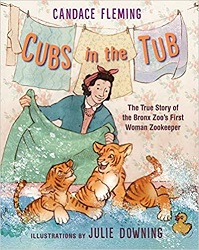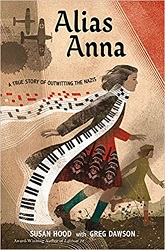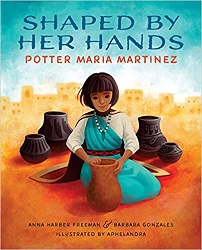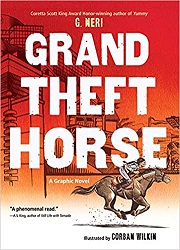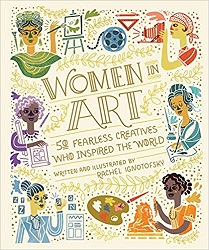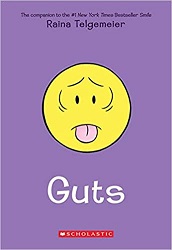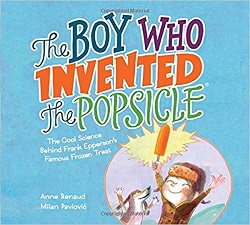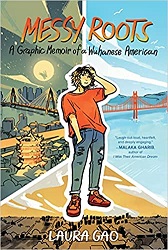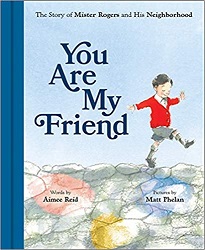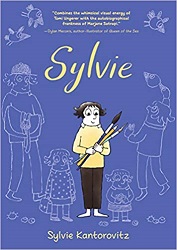Review of Cubs in the Tub, by Candace Fleming
The True Story of the Bronx Zoo’s First Woman Zookeeper
by Candace Fleming
illustrations by Julie Downing
Neal Porter Books, 2020. 48 pages.
Review written August 19, 2020, from a library book
Starred Review
Here’s a completely charming picture book biography, packed full of pictures of baby animals. I dare you to read it without smiling!
Besides the pictures of baby animals, we get the story of Helen Martini, whose husband was a zookeeper for the Bronx Zoo. Helen very much wanted a baby, but they were childless – and then her husband brought home a baby lion whose mother had rejected it. Helen took tender loving and motherly care of the baby, whom she named MacArthur.
After MacArthur was sent to a zoo in another part of the country, there were three tiger cubs that needed care. When they got so big their home couldn’t hold them, Helen had to bring them back to the zoo. But they didn’t like being apart from her, and she didn’t like being apart from them. So she made a nursery at the zoo out of an old storeroom and spent the night with her tiger babies.
When the tigers outgrew even the zoo nursery, it wasn’t long before other animal babies needed care. And Helen got offered a job at a time when all zookeepers had been men.
This inspiring story is told in an entertaining way, with plenty of pictures of baby animals to warm your heart.
This review is only on the blog.
Disclosure: I am an Amazon Affiliate, and will earn a small percentage if you order a book on Amazon after clicking through from my site.
Source: This review is based on a book from Fairfax County Public Library.
Disclaimer: I am a professional librarian, but the views expressed are solely my own, and in no way represent the official views of my employer or of any committee or group of which I am part.
What did you think of this book?
